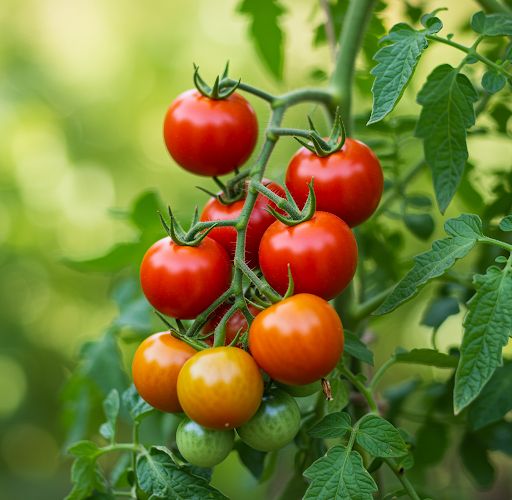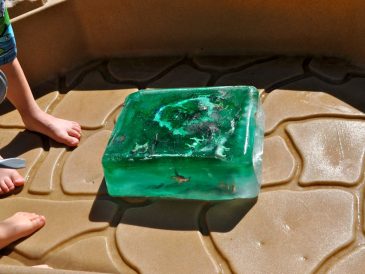How to Use a Simple Pharmacy Tablet to Boost Tomato Yields
Tomatoes require a variety of nutrients to grow strong, resist disease, and produce a bountiful harvest. Among these, calcium plays a crucial role in maintaining healthy plant development. Without enough calcium, tomatoes may suffer from blossom-end rot, a common issue where the fruit develops dark, sunken lesions on the bottom. Even when calcium is present in the soil, hot weather or uneven moisture levels can limit its availability to plants. In such cases, an easy and cost-effective way to supplement calcium for tomatoes is by using a common pharmaceutical tablet: calcium gluconate.
Why Calcium is Essential for Tomatoes
Calcium is a fundamental building block for plant cell walls, aiding in the structural integrity of stems, leaves, and fruits. A deficiency of calcium in tomatoes can lead to:
- Blossom-end rot – where the fruit starts to decay from the bottom due to weak cell walls.
- Stunted growth – a poorly developed root system can struggle to absorb water and nutrients.
- Reduced fruit quality – without calcium, tomatoes may crack or become misshapen.
- Weakened disease resistance – plants deficient in calcium are more vulnerable to fungal infections and other ailments.
How to Use Calcium Gluconate for Tomatoes
Calcium gluconate is a simple and inexpensive way to supplement calcium for tomato plants. You can apply it either as a foliar spray or directly into the soil to enhance plant absorption.
Method 1: Foliar Spray
Foliar feeding is an efficient way to deliver calcium directly to the plant, ensuring quick absorption through the leaves. Follow these steps:
- Dissolve one 500-milligram calcium gluconate tablet in one liter of warm water.
- Stir well until the tablet is completely dissolved.
- Pour the solution into a spray bottle.
- Spray the tomato plants, covering the leaves on both sides. Avoid spraying during the hottest part of the day; instead, apply in the early morning or late afternoon for optimal absorption.
Repeating this application every 10 to 14 days can help prevent calcium deficiency and strengthen plant resistance against diseases.
Method 2: Soil Application
For a more sustained release of calcium, you can place calcium gluconate tablets directly into the soil near the tomato plants.
- Dig a small hole 10-15 cm away from the plant’s base (in the root zone).
- Place one tablet into the hole and cover it with soil.
- Water the area with warm water to help dissolve the tablet and distribute the calcium into the soil.
This method ensures that calcium reaches the roots, where it can be gradually absorbed by the plant over time. Repeat this soil treatment once every two weeks for optimal results.
Additional Tips for Maximizing Calcium Absorption
To ensure your tomatoes receive adequate calcium, consider these additional factors:
- Maintain even watering – Inconsistent moisture levels can disrupt calcium uptake. Water regularly and deeply, especially in dry conditions.
- Mulch your plants – A layer of straw, grass clippings, or compost around the base of tomato plants helps retain soil moisture and prevents calcium deficiencies.
- Avoid over-fertilizing with nitrogen – Too much nitrogen promotes excessive leafy growth at the expense of fruit production and calcium absorption.
- Test your soil – If calcium deficiency persists, conduct a soil test to check nutrient levels and adjust accordingly.
Conclusion
Using calcium gluconate tablets is an easy and affordable way to prevent calcium deficiency in tomato plants. Whether applied as a foliar spray or incorporated into the soil, this method ensures that tomatoes develop strong roots, healthy fruits, and a high resistance to common diseases. By incorporating this simple top dressing into your gardening routine every 10-14 days, you can enjoy a robust and productive tomato harvest throughout the season!




